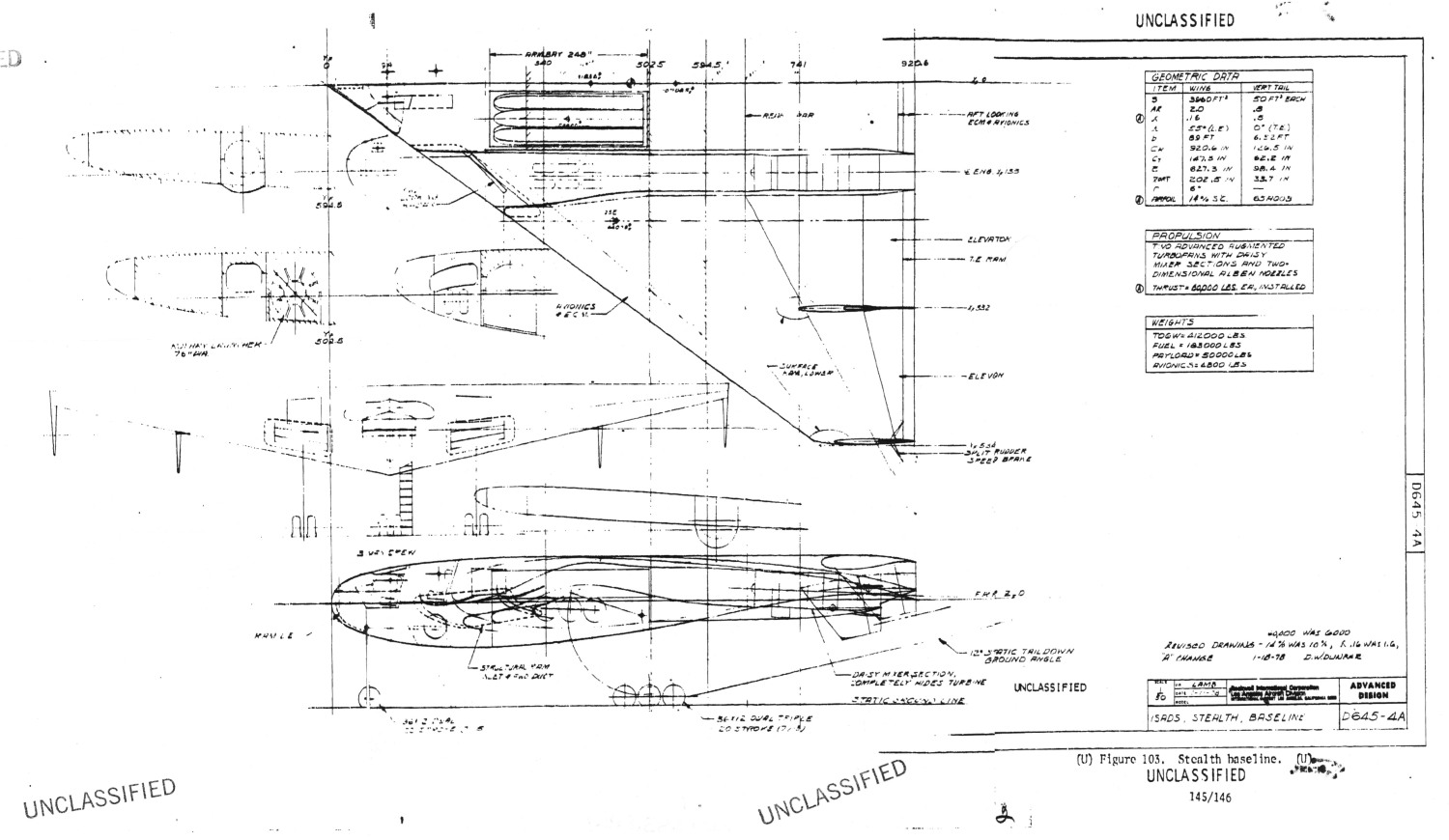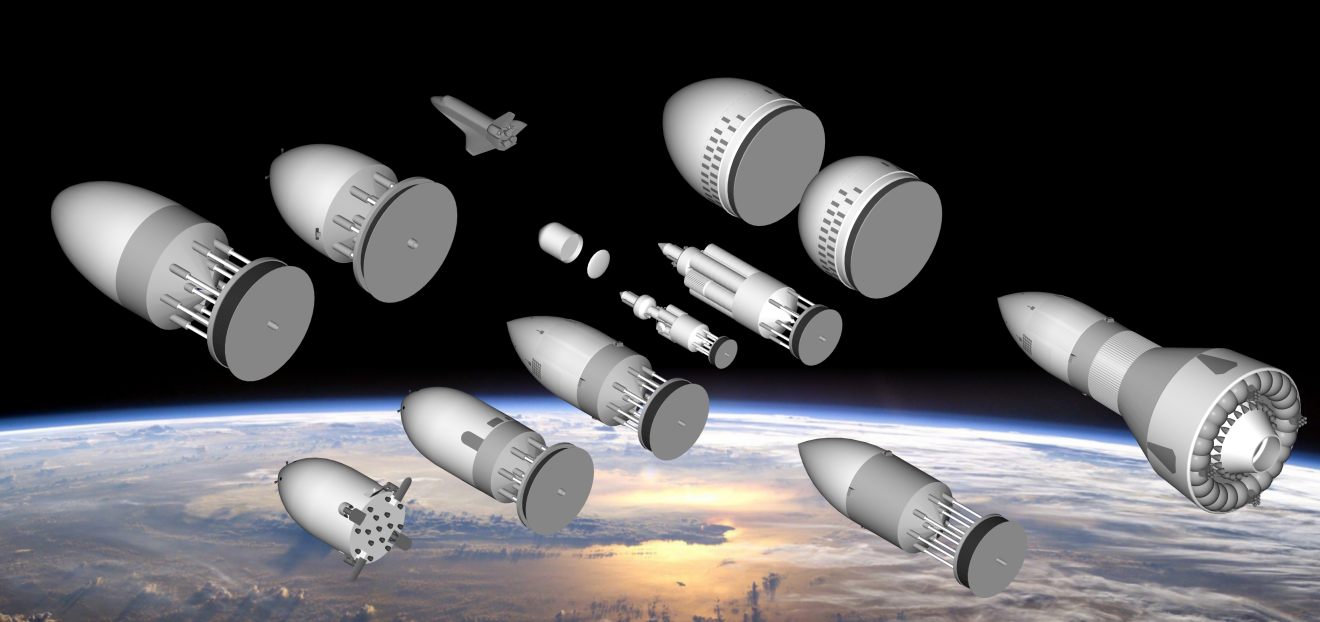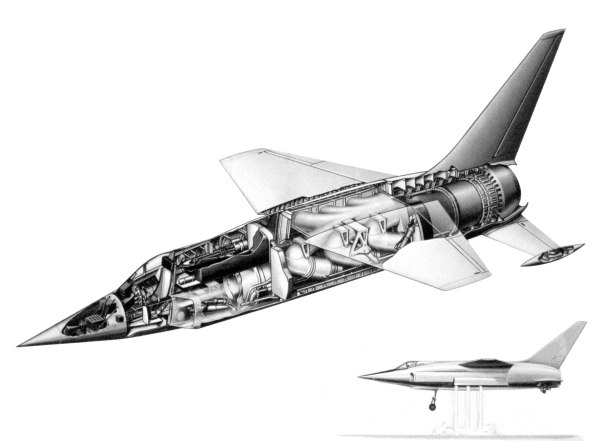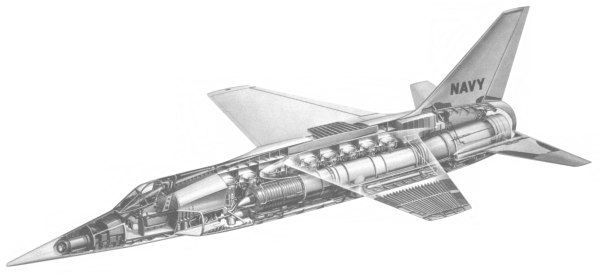As has been long known, the scientific method has been around for longer than the term “scientific method.”
Aristarchus of Samos worked out the heliocentricity of the solar system.
Eratosthenes of Cyrene calculated the diameter of the Earth to remarkable accuracy.
The Antikythera mechanism was built around 100 BC, and demonstrated high levels of knowledge both of astronomy and mechanics… knowledge that would not be regained until the time of da Vinci.
Heron of Alexandria invented many of the principles of hydraulics – and even jet propulsion – still in use today.
And then there’s this:
A Prayer for Archimedes
An intensive research effort over the last nine years has led to the decoding of much of the almost-obliterated Greek text. The results were more revolutionary than anyone had expected. The researchers have discovered that Archimedes was working out principles that, centuries later, would form the heart of calculus and that he had a more sophisticated understanding of the concept of infinity than anyone had realized.
…
Archimedes wrote The Method almost two thousand years before Isaac Newton and Gottfried Wilhelm von Leibniz developed calculus in the 1700s. Reviel Netz, an historian of mathematics at Stanford University who transcribed the text, says that the examination of Archimedes’ work has revealed “a new twist on the entire trajectory of Western mathematics.”
In The Method, Archimedes was working out a way to compute the areas and volumes of objects with curved surfaces, which was also one of the problems that motivated Newton and Leibniz. Ancient mathematicians had long struggled to “square the circle” by calculating its exact area. That problem turned out to be impossible using only a straightedge and compass, the only tools the ancient Greeks allowed themselves. Nevertheless, Archimedes worked out ways of computing the areas of many other curved regions.
So, Archimedes had worked out the basics of calculus more than 2,000 years ago. As much as I despised calculus in college, and in the years since have found precisely no use for it, it’s nevertheless tragically true that calculus is a requirement for much of the modern world. The mathematics used to understand and utilize the forces of nature would be virtually impossible without calculus. So, if there was this spur to science so long ago, what the hell happened?
Mysticism, that’s what frakin’ happened.
What happened to make Archimedes’ original work vanish for centuries is unclear… it just disappeared. But some hint of the disdain with which learning about the natural world was held can be found in the description of the history of the actual book:
Archimedes wrote his manuscript on a papyrus scroll 2,200 years ago. At an unknown later time, someone copied the text from papyrus to animal-skin parchment. Then, 700 years ago, a monk needed parchment for a new prayer book. He pulled the copy of Archimedes’ book off the shelf, cut the pages in half, rotated them 90 degrees, and scraped the surface to remove the ink, creating a palimpsest—fresh writing material made by clearing away older text. Then he wrote his prayers on the nearly-clean pages.
With modern science, we can recover some of what was lost. But the bulk of what has been lost will never be recovered. Had the traditions of inquiry that the Greek philospher-scientists began not died out due to the power of the mystics – the Pythagoreans, the Christians and the Muslims in particular – Odin only knows where we would be today. Coupling Herons understanding of steam power with the unknown Antikythera mechanism builders knowledge of mechanics, it is not impossible that practical steam engines could have been built 1900 years ago. Moving the Industrial Revolution up by 1500 years could mean that today, the big political debate would be whether or not to fund the Constellation mission to the Andromeda Galaxy.















